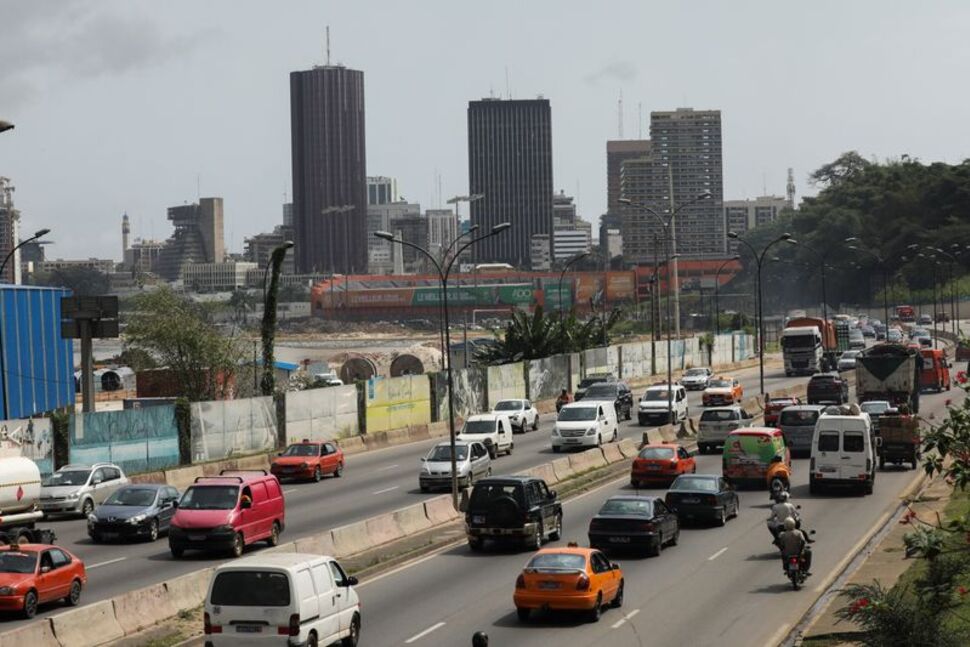Oludayo Tade
“One-chance” is the name Nigerians use for a form of robbery that takes place in both public and private vehicles when people accept the offer of a ride. It is an organised crime, perpetrated by people who work together, using a strategy of hailing passengers into their waiting vehicle. They capitalise on the transport needs of passengers, especially during rush hours in the morning and the evenings.
In Lagos, an estimated eight million commuters and five million vehicles use the roads and bridges connecting the mainland and island.
At rush hours Lagos is jam-packed. An average of 264 cars per kilometre negotiate the city compared to the world average of 11 cars per kilometre. This encourages commuters to use private vehicles, known locally as kabukabu, which pick up passengers randomly. The vehicles fill up faster than vehicles at designated stops, which makes them attractive to commuters in a rush. They are usually cheaper too.
Once passengers are inside their vehicle, the one-chance gang members instruct victims to comply, using coercion and violence. They take the victims’ possessions and may hurt them physically and traumatise them emotionally. Passengers are sometimes thrown off a speeding vehicle. There have even been cases of victims being killed.
Residents of Lagos dread being victims of one-chance. Official statistics are hard to come by, but media reportage most likely increases the fear of the crime. The Lagos state government in 2022 listed it as a crime of major concern.
Public transport safety is a field of study worldwide, but one-chance public transport criminality in Lagos, Nigeria has not received much attention. This is why we studied how the criminals operate and what their victims experience. We also looked at the social situations which facilitate the crime and commuters’ awareness of safety in the Lagos State transport corridor.
Understanding the strategies and victimisation experiences may be a first step towards prevention and an appropriate institutional response. For example, the law enforcement authorities could map one-chance crime hot-spots. Commuters could make some changes to their behaviour too.
Our study
In our study we administered in-depth interviews to 10 people who had been victims of one-chance robberies. They came from different walks of life; six were men and four were women, ranging in age from 25 to 65.
Our questions probed into issues of routine, methods of operation, timing of operations, and victimisation experience, among others. We wanted to distil the strategies and tricks deployed in trapping commuters.
The findings showed that similar techniques were used in most cases. Timing was important. Many of the cases reported by our participants happened around 9pm to 11.30pm. Very few happened during the day or early in the morning between 4am and 6am. Each operation lasted from 30 minutes to an hour, depending on what targets had to offer the gang.
Most of the participants were either returning home from their workplaces or going somewhere for a visit or a meeting when they were picked up at bus stops. Others were picked up at the roadside and not from designated places. This put them at greater risk although they may have hoped to pay less for a ride. Vehicles that pick up passengers at undesignated spots usually charge a lower fare.
Different types of vehicles and buses, both Lagos yellow buses and private buses and cars, are used for one-chance. Inside the bus, gang members take up seats in such a way that the victim is forced to sit where he or she can easily be robbed.
Sometimes the criminals were dressed to look like office workers, and included women among them, so that a passenger would feel safer boarding.
Participants reported two types of experience: physical violence and loss of valuables. Some reported being traumatised after the incident. In many of the cases, the attack took place within 5 to 15 minutes of the pickup but might last for up to an hour. We think this could be so that the robbers could act before the situation got suspicious or plans were disrupted.
Victims’ coping strategies
Victims have found ways to cope with the experience or reduce the prospect of it happening again.
Some said they were always very observant and followed their instincts when boarding a vehicle. Some had resolved to hail a private taxi if they worked late in the office or to rely on their colleagues or bosses to drop them at a convenient point. Others would sleep in the office. Some put their faith in God to get them safely home.
The way forward
In planning urban transport safety, the Lagos State government needs to constantly inform the public of dangerous places and where not to board public transportation.
Installation of closed circuit cameras in crime hot-spots with regular security patrols would reduce the opportunity for one-chance criminality.
Commuters could also alter their routines so as to be less predictable. This might reduce the chances of becoming victims.
Commuters should use designated motor parks where commercial vehicles are registered to operate.
The Lagos State government needs to understand the transport needs of residents and come up with a more functional and efficient public transport system.
Tade is Sociologist/Criminologist/Victimologist and Media Communication Expert, University of Ibadan.
The story was first published in The Conversation.

